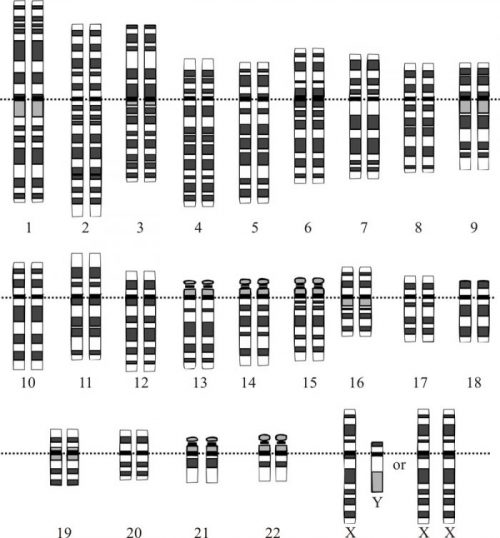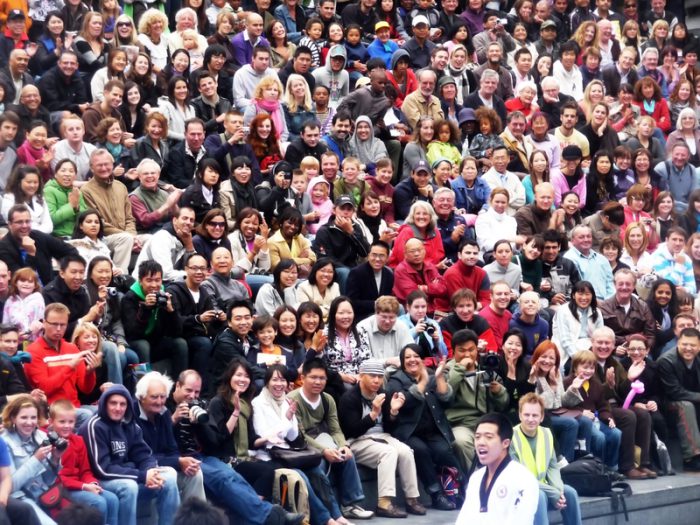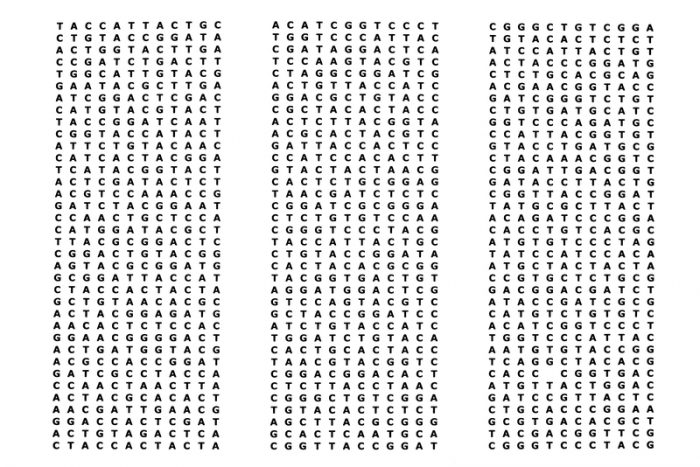Our DNA is the key blueprint to who we are. As an animal. As a species. But also, on a very very detailed level, as an individual.
How detailed?
The human genome—which is a complete set of our DNA—has 3.1 billion base pairs (these are pairs of molecules). That's a lot of details!
And now, for the first time ever, we can (almost!) see all of them!
That's because scientists have just announced the most complete mapping of the human genome ever. By adding around 200 million missing base pairs, they have essentially completed a project that has been thirty years in the making.
It is, according to the National Human Genome Research Institute (NHGRI) director Dr. Eric Green, “the first comprehensive view of our DNA blueprint.”
Fascinating!
Worst. Puzzle. Ever.

The genome has 23 groupings called chromosomes. Each chromosome has between 50 to 250 million base pairs in it! (Wikimedia Commons)
The history of trying to map—or identify the layout—of the human genome goes back to the 1980s. It was then that an idea was hatched to attempt what felt nearly impossible. Figuring out exactly what made up our DNA.
It was like trying to complete a 3.1 billion piece puzzle. (Hey, we know that puzzles became a bit more popular over the pandemic lockdown, but that sounds ridiculous!)
Called the Human Genome Project, this international science effort officially launched in 1990. And they made some huge strides over the years.
Thanks to improvements in computers and tech, scientists were able to break down the immense calculations and tests that helped them piece together the puzzle. Recently, they were up to having 92 percent of the genome completed. But that still left a solid 200 million pairs left to identify. Yikes!
But now they've done it!
Huge breakthrough
Okay, to be clear, the work is still not entirely finished. According to the research team, there are a few small things that need to be done to wrap the final remaining pairs in the genome. With that final 8 per cent essentially identified, scientists are eager to talk about what this breakthrough actually means.
And so are we!
Even before it was completed, improved understanding of the human genome was changing how we looked at disease, diversity, and the evolution of humans. How?
When you know exactly what goes into a human genome, then you can begin comparing the genomes of different humans to one another.
Let's compare

The immense diversity in human individuals is controlled—and explained—by the human genome. (ID 11144157 © Chrisharvey | Dreamstime.com)
For the most part, our genome and yours would be almost entirely identical. But those tiny, tiny differences between us? That would explain so much about what made us unique.
Hair colour. And texture. How much of it and where! Eyes, voice tone, height, body frame, skin colour, all of it! In addition—and this is where it gets really interesting—it could also explain the occurrence of certain diseases, allergies, and other health concerns.
In other words, knowing our personal genome could be a way to better understand how we might each get sick. And how we might prevent it!
Eyes wide open?
Though there's still work to be done, mapping the human genome could make healthcare more precise than ever. (Getty Embed)
You can see why one researcher—Adam Phillippy of the NHGRI—said that the discovery "was like putting on a new pair of glasses."
"In the future," he said, "when someone has their genome sequenced, we will be able to identify all of the variants in their DNA and use that information to better guide their healthcare."
There is still a long way to go here, however. Not only do scientists need to finish off those final details in their genome map, but there's the matter of how expensive such tests might be. And there will also be a lot of work ahead in seeing how successfully scientists and doctors can learn by comparing different genomes. Even when you know what is in there, it still takes a lot of testing to understand what pairs are responsible for what part of our unique selves.
But as these researchers have already proven, there's nothing they like more than an 'impossible' challenge.
Bring on the next puzzle!
 Only 3 billion to go! The pieces in the human genome are made up of adenosine, cytosine, thymine and guanine base pairs (identified as A, C, T and G). (ID 12348740 © Alain Lacroix | Dreamstime.com)
Only 3 billion to go! The pieces in the human genome are made up of adenosine, cytosine, thymine and guanine base pairs (identified as A, C, T and G). (ID 12348740 © Alain Lacroix | Dreamstime.com)









